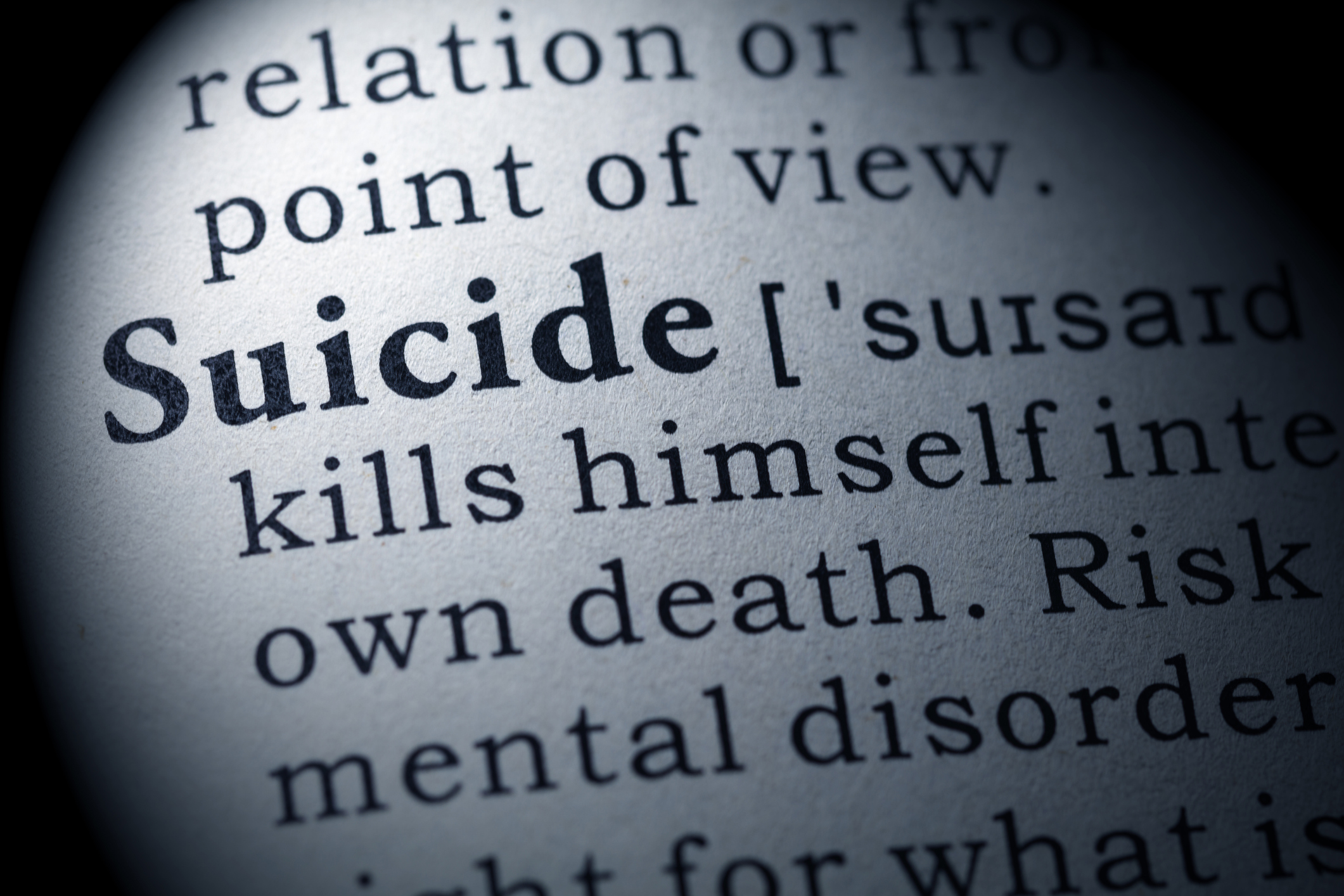What to Tell Your Child about Celebrity Suicides
On June 5, 2018, American fashion designer, Kate Spade, hung herself with a scarf in her NYC home. Three days later, Anthony Bourdain, celebrity chef and host of CNN’s Parts Unknown, hung himself with his bathrobe belt in his room at a luxury hotel in France. News stories about these suicide deaths spread like wildfire; in particular, social media news feeds were filled with innumerable articles about the recent celebrity suicides. What does this do to our children? What impression are these stories making on our youth?
Suicide Contagion is Real
Mental health experts agree that several high-profile celebrity suicides could possibly cause an increased risk of what’s called suicide contagion, and that all of us should be aware of the risk factors related to suicide. Suicide contagion occurs when a publicized suicide serves as a trigger, in the absence of protective factors, for subsequent suicides by susceptible persons. In such a case, the suicide of one person, or multiple people, can contribute to a rise in suicidal behaviors among others, especially those who already have suicidal thoughts or a known risk factor for suicide.
John Ackerman, Suicide Prevention Coordinator at the Center for Suicide Prevention and Research at Nationwide Children’s Hospital in Columbus, Ohio stated, “If they’re already struggling with thoughts of depression or risk of suicide, they’re already trying to get information about how other people are experiencing it.” According to Ackerman, when successful, high profile individuals who have a lot going for them commit suicide, it may generate feelings of hopelessness.
“The dramatic increase of suicides in America, coupled with pervasive media exposure to suicide stories, creates a perfect storm in a society of vulnerable children. Now more than ever, parents need to know how to talk with their children about suicide.”
– Dr. Susie Spicer
Why This Trend is Dangerous for Our Children
The Centers for Disease Control and Prevention recently announced that suicide rates have dramatically increased, especially among our younger generation. Suicide is the second leading cause of death among 15-24 year olds. Suicide has increased by 30% since 1999 and in nearly every state, across demographics.
In recent years, increased access to technology has made it easier for children and teens to read about high-profile celebrities who kill themselves. Young readers who are struggling with thoughts of suicide are often already online seeking information about suicidal behaviors. Viewing articles of successful stars who appeared to have it all and took their lives, may elicit increased feelings of hopelessness in these youth.
The dramatic increase of suicides in America, coupled with pervasive media exposure to suicide stories, creates a perfect storm in a society of vulnerable children. Now more than ever, parents need to know how to talk with their children about suicide.
So how can parents adequately determine whether their teen is exhibiting moody, hormonal changes, or whether their teen is flirting with suicidal thoughts? What are the warning signs? What are the causes of suicide? What are the risk factors? What should parents say?
Warning Signs
Parents should be concerned if they observe the following specific warning signs:
- Talking about dying: Mentioning that life is too hard, that they would like to disappear, that they can’t go on.
- Isolating: Avoiding social gatherings and restricting contact with others.
- Changes in sleep patterns: Sleeping too much, suddenly not sleeping at all, or suffering from nightmares.
- Depressive symptoms: crying, demonstrating lack of interest in daily activities and, most importantly, feeling hopeless.
- Changes in behavior: Difficulty concentrating, difficulty focusing on schoolwork, problems maintaining a routine, or acting recklessly.
- Researching ways to kill oneself on the internet.
- Increased use of alcohol or other drugs.
- Demonstrating rage or intense anger. Suicide is most often an act of rage, more than an act of depression.
- Purchasing a gun, knife, or pills.

Anthony Bourdain and Kate Spade: media news feeds were filled with innumerable articles about these celebrity suicides.
Causes of Suicide
Suicide happens when an individual’s level of pain exceeds their level of coping. It is important to remember that it is the individual’s level of perceived pain, not their objective circumstances, that contribute to the propensity to commit suicide. This is why celebrities who appear to the world to have it all, still chose to end their lives. Causes of suicide include the following:
- Depression.
- Hopelessness.
- Intense anger.
- Feeling trapped in life’s circumstances, and that there is no way out.
- Exposure to suicide: Having a friend or classmate commit suicide, or exposure to suicide in the media.
- Exposure to trauma such as childhood sexual abuse.
Risk Factors that Increase Suicidality
Rates of suicide are impacted by the following risk factors:
- History of suicide attempts: The leading risk factor is a prior history of attempting to commit suicide.
- Family history of suicide: Those with a family history of suicide are more likely to commit the act. This may be influenced by genetics or by the family environment.
- Mental illness, particularly depression and schizophrenia.
- Being bullied.
What Can Parents Do To Protect Their Children and Teens?
Keeping an open line of communication with your child is the most important protective factor. Many parents fear that talking with their child about suicide will increase the risk for their child. This is a myth. Parents should do the following:
- Talk about suicide in an open and loving manner and without judgement. Research shows that talking about suicide in this manner can increase hope, reduce the child’s feelings of loneliness, and protect the child or teen from acting on suicidal thoughts.
- Directly ask in a straightforward manner if the child or teen has suicidal thoughts, if they have a plan, and if they have the means to carry out the plan. A parent might say, “I noticed you are in your room a lot since you broke up with Tracy and you have been reading online stories of suicide. Do you have thoughts about hurting yourself and if so how?”
- Listen to what your child or teen has to say on this matter and don’t over-react or under-react.
- Encourage and facilitate a strong connection for your child with family members, friends, and others in the community.
- Teach problem-solving and conflict resolutions skills.
- Restrict access to highly lethal means of suicide, such as firearms, by keeping them securely locked.
- Provide access to effective mental health care, including a counselor, psychiatrist and, if needed, substance abuse treatment.
- Encourage behavioral activation – engaging in behaviors that feel rewarding and reinforcing, particularly activities that bring the child or teen into contact with nature and with other prosocial children and teens.
- Parents may choose to minimize their child’s or teen’s exposure to media about suicides. Repeatedly hearing these stories over and over can contribute to suicide contagion.
- If you have an intuition that your child or teen is having suicidal thoughts, call 911 and seek professional help. Therapy and medication are still the most effective methods known for reducing feelings of depression and hopelessness and increasing coping skills.
Resources:
– Immediate help is available 24/7 at the National Suicide Prevention Lifeline: 1-800-273-8255.
– Website for the American Foundation for Suicide Prevention
– Website for the The Trevor Project: The leading national organization providing suicide prevention services to lesbian, gay, bisexual, transgender, queer and questioning (LGBTQ) youth.




